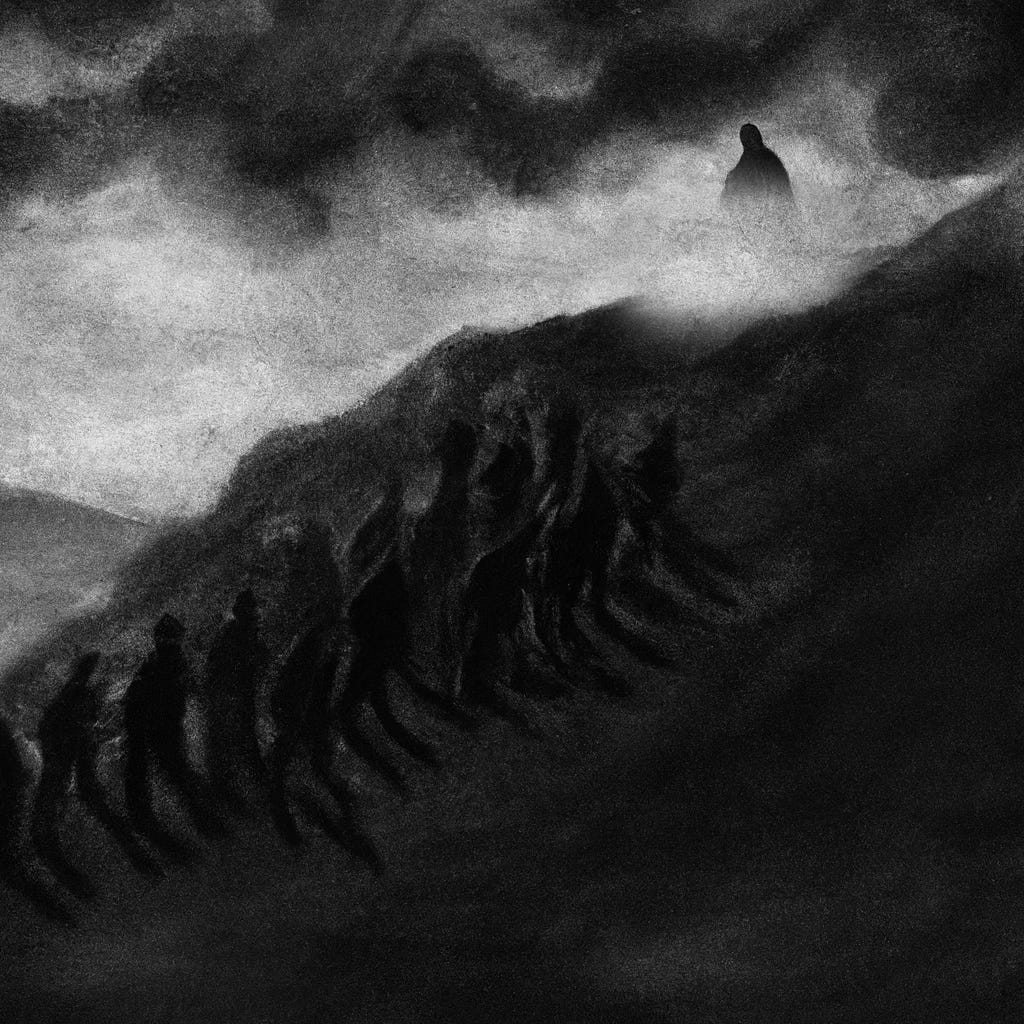Leadership is judged not by presence, but by absence.
The strongest leaders design themselves out of the center. Their legacy is independent decision-making that outlives their presence.
True leadership is measured not in the moments when control is asserted, but in the moments when it is no longer necessary. The real test comes when structures, teams, or organizations function with precision without visible supervision. Leadership leaves its mark not through constant visibility, but through the invisible strength embedded in others.
When leadership depends on presence, it creates dependency. Every decision requires approval, every action requires oversight, and progress becomes bottlenecked by the leader’s availability. This form of leadership appears strong in the moment but collapses the instant it is removed. It builds no resilience, only reliance. In contrast, leadership defined by absence constructs individuals capable of thinking, deciding, and acting independently. The greatest leaders render themselves unnecessary, not through withdrawal, but through empowerment that survives without them.
The standard measure of leadership often misleads: visibility, recognition, and authority dominate conventional metrics. Yet influence is more accurately reflected in what remains when authority is stripped away. A leader’s absence tests whether their values, methods, and vision were truly absorbed. If progress continues, if ambition persists, if growth accelerates—then leadership succeeded. If everything halts, then what was present was not leadership but control.
The highest form of leadership is therefore not about visibility but about creating a framework in which individuals exceed the leader’s own limits. This requires discomfort, because it means preparing others to go further, to surpass, and eventually to render the leader obsolete. The paradox is clear: true leadership accepts and even desires its own disappearance.
In the end, leadership judged by absence is the only form that endures. Presence fades, but the structures left behind—ideas, methods, and the capacity to exceed—determine whether leadership was real. To lead is not to remain at the center. It is to prepare others to thrive without the center, and in doing so, to prove that leadership is not possession but creation.

